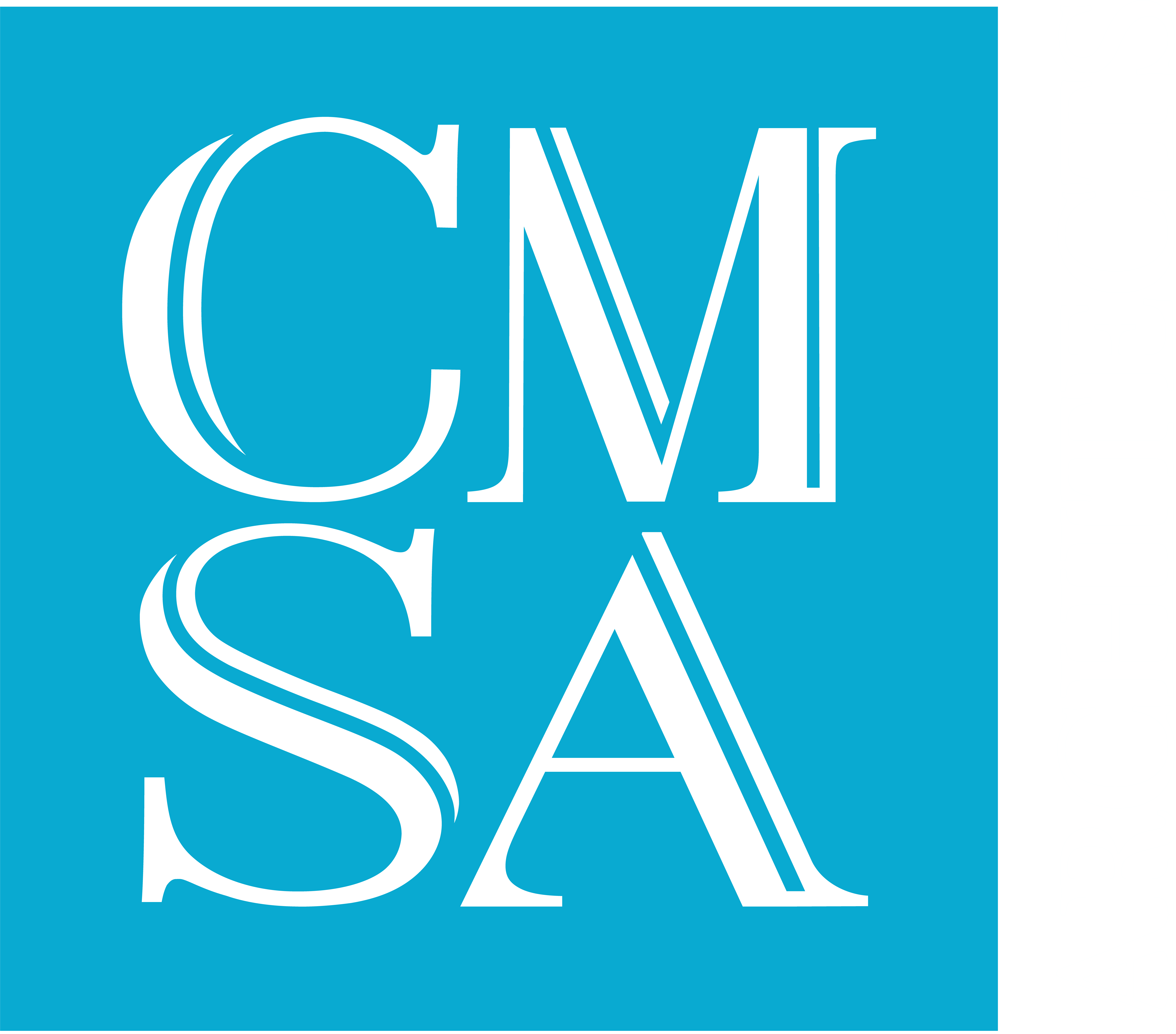Recipe for Success: The Qualities that Create an Exceptional Architect
Recipe for Success: The Qualities that Create an Exceptional Architect
Finding success as an architect, on the other hand, requires several incremental qualities and skills. For one thing, the successful architect can usually be counted on to have exceptional leadership and communication skills and possess a wealth of experience that grows with each new project.
In no particular order—because each is a vital asset—here are the essential qualities a successful architect must generally possess:[/vc_column_text][vc_row_inner equal_height=”yes” content_placement=”middle” gap=”20″][vc_column_inner width=”1/2″][vc_single_image image=”5627″ img_size=”large”][/vc_column_inner][vc_column_inner width=”1/2″ css=”.vc_custom_1712944032118{padding-right: 20px !important;padding-left: 20px !important;}”][vc_column_text el_class=”photo-pullquote”]The successful architect can usually be counted on to have exceptional leadership and communication skills and possess a wealth of experience that grows with each new project.[/vc_column_text][/vc_column_inner][/vc_row_inner][vc_column_text]
Leadership ability:
The lead architect is charged with assembling a team of design specialists—including BIM technicians (Building Information Modeling) and CAD drafters (Computer Aided Design)—whose mutual goals are to graphically explain and technically detail the design.
The team also interfaces with various professionals outside the firm, including construction contractors, structural, electrical and mechanical engineers, code compliance officers, neighborhood HOA’s, and various other agencies and oversight boards. As head of the team, the lead architect must be able to efficiently coordinate the team’s activities while earning its trust, respect, and goodwill.
Able to communicate with ease and accuracy:
At the core of every productive collaboration between an architect and client are honest and open lines of communication. From the first meeting to the final inspection, a pattern of effective communication will save time and money, avoid confusion, misdirection, and bruised feelings; and keep the entire project on schedule.
As in any successful relationship between two people, architects and their clients should ideally become so tuned-in to one another that each understands intuitively what the other is thinking. Indeed, the more fully your architect understands your likes, dislikes, and general mindset toward every issue related to the project, the easier it will be to extract out the design features that matter most and omit the ones that do not.
Wisdom born from experience:
Architects are shaped by the breadth of their experience. Each new project helps build a better, wiser, and more creative architect.
Must be fortified with 3-D vision:
Unlike artists who create in a single dimension, architects must be able to see beyond flat drawings and one-dimensional blueprints to more fully envision how the completed 3-dimensional structure will inhabit the site, interact with nature and the built environment around it, and ultimately serve its intended purpose.
Must poses the technical proficiency to “engineer” a plan:
To add form and function to a preliminary design, the architect must possess a solid understanding of engineering principles, construction methods, building materials, and the various technologies used throughout every phase of design and construction. In coastal regions like Florida, architects must also be cognizant of the latest FEMA guidelines for fortifying structures against major hurricanes and other extreme weather events. Moreover, an architect’s technical proficiency assures accuracy in design, promotes informed choices and decision making, and helps reduce the risk of design flaws that could cause structural deficiencies or building failures.
[/vc_column_text][vc_single_image image=”5617″ img_size=”large” alignment=”center”][vc_column_text]Eagerly adapts to changing times, evolving technologies, and updated building regulations:
Change is inevitable in building and design, especially as it applies to today’s rapidly evolving digital technologies. To avoid designing obsolescence into a client’s project, the forward-thinking architect is always on the lookout for new and emerging technologies. Architecture is an ever-changing field. Thus, embracing change ensures personal growth and continued relevance in the field.
Anticipates and solves problems:
We dare say that no building project in the history of the world has ever gone off without a hitch or a glitch—or, as in that famously faulty tower in Pisa, a pitch.
As carefully as architects plan for every eventuality, building is a complicated process in which unplanned challenges can occur. How efficiently the architect deals with each new challenge could well make the difference between an angry and resentful client and one who confidently refers the architect to everyone they know.
Concern for the environment:
With climate change imperiling an already fragile planet, an architect must always assess the impact the proposed new structure will have on the environment in which it will be set. Designing sustainable structures that exist in harmony with the natural and built environments—while minimizing energy consumption and avoiding the use of toxic materials—should be written into every architect’s DNA.
Abides by strict and professional ethics:
Not much to say here, except that architects must at all times prioritize safety, act with honesty and fairness, and exhibit strong moral character.
The ability to approach each new assignment with a renewed sense of passion and perseverance:
If the architect doesn’t experience a renewed sense of passion and purpose with each new project, he or she may be invested in the wrong profession. Passion promotes excellence and encourages continuous learning, while perseverance helps the architect solve complex problems, adjust to difficult situations, and push each new project to its successful completion.[/vc_column_text][vc_single_image image=”5622″ img_size=”large” alignment=”center”][vc_column_text]Other qualities architects are obliged to bring to the table include integrity, respect, practicality, and a healthy dose of skepticism toward the latest pop-up trends in building design (a.k.a., fad avoidance).
At the end of the day, finding success as a practicing architect means dedicating one’s self to a dynamic and evolving curriculum, to a lifetime of learning more about your profession with each new day, and to accumulating the real-world experience that will ultimately make for a better practitioner.[/vc_column_text][/vc_column][/vc_row][vc_row gap=”20″ equal_height=”yes” content_placement=”middle”][vc_column][/vc_column][/vc_row]
You Might Also Like
Form, Function and Structure in Ancient and Modern Architecture
When we talk about Architecture, especially contemporary or mid-century architecture, the shapes and forms, the aesthetic, stunning, timeless, and clean appearance, are among the most important aspects of the building we want to create [...]
The Relationship Between a Building, the Environment, and the Occupants Inside
For as long as humans have roamed this Earth, they have developed shelters to protect themselves from the elements. These shelters later developed into homes, and over time people discovered techniques to not only make [...]
A Drafter’s Perspective: Experiencing Homebuilding for the First Time
Architecture is an exercise in precision, vision, and problem-solving. Every home begins as an idea—an intricate composition of structure, proportion, and materiality. As architects, we shape these ideas into reality, meticulously detailing each element to [...]
Art Underfoot: The Role of Flooring in High-End Residential Design
Architecture is a discipline of intention—every line, every material selection, and every spatial arrangement contributes to the larger narrative of a home. While walls and ceilings shape volume and light, the foundation of a space—the [...]
The Elegance of Minimalist Design in Modern Homes
Luxury residential architecture is at its best when design is intentional, refined, and deeply connected to the way people live. Minimalism presents a compelling approach—one that emphasizes clarity, proportion, and a seamless flow of space. [...]



